When Patrick Farabaugh was growing up in suburban Indiana, he had no desire to be a business owner. He pictured himself as a domestic dad—married, with kids, and working whatever occupation it took to get there. He thought this would bring him the contentment he sought from life. Not that it mattered, really. Growing up in the place and time that he did, where it still wasn’t safe to be gay, things happened that took choice away from him.
“Being queer caused me to step outside the heteronormative roadmap to what a life is supposed to look like. Being queer disrupted that roadmap, and knocked me off that straight/cis assembly line,” Patrick said.
“I had no interest in journalism or media, but I was fighting not to drown. I was desperate for a place where I could find a community to help me know life could be better than it was,” he said. The only place I was exposed to that was in magazines, and they all had addresses in New York City. So as a teenager, I ran away and started there.”
“I knew nothing about the industry and even less about the city,” said Patrick. “I just knew in order to survive, I would need to go there. I figured I would find people who would help me learn.”
When Patrick finally arrived in Madison in 2005, he had a limited skill set—limited to magazine publishing.
“I was always chasing, chasing, chasing, in survival mode,” said Patrick. “And it dictated how I saw the world. Most of my career choices were made in desperation. I never had a plan B, nothing to fall back on. Eventually, I realized I would have to create my own publication here just to find employment.”
People of marginalized communities often experience not only heightened stress and anxiety, but also higher levels of substance abuse as they self-medicate the pain they’re experiencing. Unfortunately, this clouds their cognitive abilities to fully process their situation, consider viable solutions, or break that cycle. Patrick was no exception.
“My brain was constantly on fire trying to problem solve the struggles life threw at me,” said Patrick, “and this led me to create comprehensive solutions. I never drank—well, until I moved to Wisconsin—and I never did drugs. But I wouldn’t say I was mentally well. I was struggling with food addiction and suicidal ideation. Some of that was what led to the creation of Our Lives. Looking back, I’m often amazed that this started from such a low emotional place.”
“So, I committed my brainpower to coming up with programs that would last. It started with founding the Madison Gay Hockey Association, and continued with the magazine. I won’t lie—there were many times I felt like a cheerleader steering the Titanic in those early years. But I knew we were heading somewhere.”
Queer media, then and now
In 1958, the U.S. Supreme Court ruled in favor of ONE Magazine in a U.S. Postal Service lawsuit that ultimately redefined obscenity laws. For years, any content of a homosexual nature was automatically declared “obscene” by the Postal Service, which meant pioneering publishers—and their subscribers—ran the risk of being arrested. If you were arrested for receiving homosexual-themed content, or your mail was intercepted and seized before you received it, and you’d likely wind up on a FBI “watch list” and a sexual offender registry. The ONE Magazine case changed everything: when the Supreme Court ruled that content was not obscene simply because it was homosexual, it unexpectedly created a nation of gay mail-order publishers that continue to operate today. Sometimes by circumstance, sometimes by design, these grassroots publications were extremely unstable, poorly designed, barely funded, and, as a result, extremely short-lived.
In Wisconsin, the first mail-order magazine was GPU News, which debuted in October 1971 and ran for 10 full years. GPU News was non-profit, self-funded, volunteer-operated, and very confidentially subscription-based. By the late 1970s, it was already the longest-running gay publication in America, with more than 5,000 subscribers and more than 100 contributors. Unfortunately, GPU News only survived to see its 10th anniversary. Eldon Murray, the magazine’s founder, lamented, “We’ve exhausted not only ourselves, but whatever skeleton crew of volunteers we have, and it simply cannot continue. The movement has grown, and so must we.”
But Gay People’s Union and GPU News never grew. For a variety of reasons, the landmark organization slowly faded away throughout the 1980s, eclipsed by the gay rights victories of 1982–83 and the AIDS epidemic that quickly followed.
New publications, inspired by GPU News, came to Wisconsin in the late 1970s and 1980s. GLIB and Milwaukee Calendar were short-lived “bar rags,” created as a take-home guide for gay nightlife. OUT! was probably the first newspaper-style and format publication for Wisconsin’s gay and lesbian community and it was published by Out! Inc., a non-profit organization based in Madison. Gay Milwaukee, later known as Escape, ventured into the legal, political, and cultural content that GPU News made famous—but abruptly disappeared in 1983. Even shorter-lived publications like Ragg and G Milwaukee barely provide a snapshot of their eras.
InStep, launching in early 1984, offered comprehensive, high-caliber journalism from a local, regional, and national perspective. Bar guides and nightlife coverage were just chapters in a magazine of community content, with special attention paid to the emerging AIDS crisis and its implications. Wisconsin Light, debuting in 1987, stepped up the game even further, with a true biweekly newspaper committed to the community. For over a decade, Wisconsin enjoyed two high-quality, award-winning publications that relentlessly drove the narrative. But all good things must come to an end: after a change in ownership, Wisconsin Light left the landscape in 2001, with InStep to follow shortly afterward.
However, when Our Lives debuted in summer 2007, the LGBTQ media landscape remained surprisingly strong. Although InStep had finally folded in 2003 after 29 years of publishing, the state still had three queer publishers: the long-running QUEST (1994–2019) was still going strong as a regional magazine covering northeastern Wisconsin, Out Bound Wisconsin (2002–11) specialized in nightlife events, bar news and the leather community, and newcomer Queer Life News (2004–08) was delivering arts, culture, politics, and entertainment news alongside major news headlines.
Between the three publications, most—but not all—of Wisconsin’s LGBTQ population was well-served with dedicated coverage. Queer people of color had no publication to call their own, nor did the growing trans community. They were not regularly featured by any of the three remaining publications, nor were they really their target audiences, either.
Manifesting the change
Where do you start when you want to publish an LGBTQ magazine?
“So many of the grassroots LGBTQ publications on the market across the country had a surface-deep vision,” said Patrick. “There was often no deep mission, purpose, or sometimes even a business plan.
“I remember attending a Chicago convention of publishers in 2008,” said Patrick. “I’d just finished the first year of the magazine. Some of the larger publishers looked and talked down to me, as if I needed everything explained or translated to me. Our Lives was the ‘small fish’ and they wanted us to know it. Fortunately, I met Tracy Baim (publisher of the Windy City Times then and the Chicago Reader now) at this event. We connected and remain friends to this day.”
Patrick quickly learned that Madison wouldn’t have the benefit of “easy money” enjoyed by advertisers in larger markets.
“You don’t have to try as hard, when you can base your ad rates on the larger captive audience of a bigger city,” said Patrick.
There was another risk: advertisers who couldn’t pay their own bills.
“Even the most successful publications are still beholden to advertising revenue,” said Patrick, “and when it just doesn’t come in, it can kill a magazine. It’s an enormous risk.
“I realized our content had to be the selling point,” he said. “Our Lives had to be hyper-relevant, hyper-compelling, and a culturally competent standard bearer. It had to be positioned to lead and educate at all levels, just to continue existing in a market of Madison’s size. If Our Lives had published content as low-bar as some of the larger publications I’ve seen, I don’t think it wouldn’t have lasted a year.”
“So, my commitment became to put in as much energy as needed to make the quality as good, if not better, than what the big markets produce,” said Patrick. “If you have a traditional journalism background, you might choose to lean on AP Newswire stories, as some LGBTQ media has done. But I didn’t really care about those stories. In 15 years, I don’t think I’ve ever run a national wire story. My focus has been 100% local all the time.
“Our Lives has always been hyperlocal,” laughed Patrick. “I wanted to create a space where anyone who needed the space had access to it. I don’t know that people always took us up on that offer, in the beginning, but over time they have.
“It’s a careful balance deciding what stories matter most. It’s really an informed judgment call. Something might earn a full-page feature story, while something else may only warrant a small news brief. It just depends on how grassroots the story might be,” he said. “I like to say there’s real estate for anything in the magazine, as long as there is engagement for that content or a strong educational opportunity.
“There’s always this appetite among the media for casting a wider net,” said Patrick, “and getting deep into political issues to activate and engage people. I find there is much more activation and engagement when we take the opposite approach and go deep into the margins. The people in the margins need to know they’re part of the DNA of the magazine. That’s why it was called Our Lives: I wanted everyone to feel part of this conversation we were starting.”
Although he still carried the bulk of the work, Patrick soon had a team to lean on.
“I don’t know who reached out to who, but that interview? It was extraordinary!” said former editor Virginia Harrison. “Instead of interviewing me, Patrick shared his personal history and the mission and vision of the magazine. It’s not at all what I was expecting, and yet, it was so much more. That was approximately 13 years ago, and I’ve worn several different hats with the magazine since that time.
“I had a journalism degree, and I had been working in a corporate job. The job was fulfilling, but the business was sold, and I didn’t want to relocate with it,” Virginia said. “So I became a freelance editor. Editing Our Lives was a very attractive proposition: It was queer, it was a long-term project, and it was meaningful. I was very attracted to the editorial approach: it was OUR Lives, specifically curated to be reader-contributed and community-based. The magazine really spoke to me in this organic, authentic, heartfelt way.”
“I quit my day job in 2007, right in the middle of the recession, to become a full-time freelancer,” said former editor Emily Mills. “And I became aware of Our Lives because I wanted to write for them. I pitched an idea about local queer music, which became a series of vignettes and profiles. This was my first involvement with the magazine. For one reason or another, I didn’t write much for them after that.”
“A few years later, Our Lives was hiring for an editor, when Virginia left, and about 10 different people sent me the job listing saying I’d be great at it. So I applied, and I was extremely surprised—and grateful—to get the job. I started as a part-time employee and moved to full-time after a few years. I was the editor of Our Lives for the next seven years.”
Don’t stop believing
What was the first threat to the new magazine’s survival? Would you believe the publisher himself?
“I arrived in Wisconsin from NYC in 2005. By 2006, people had started hearing my name through my work creating the Madison Gay Hockey Association,” said Patrick. “Nobody knew who I was, and often I was seen as a threat to the status quo. Some saw me as a real problem.
“Who knew what I might do next? I might change the narrative, or change the social hierarchy, or divert donations, or lead change that others didn’t want or need. Some were having trouble envisioning a community larger than the world they knew. On one hand, I didn’t want to damage relationships, organizations, or traditions,” he said. “On the other hand, I was an outsider that had no ‘in.’”
Patrick made many people very uncomfortable. A few regulars in queer nightlife were repeating every whisper of gossip about him to their organization’s leadership. A member of that org began to warn other community organizations not to work with him. Someone actually created an anonymous blog equivalent to a “burn book” to hate on him.
“The personal attacks made no sense but still hurt very much,” said Patrick. “I was sacrificing significantly so I could try to contribute something to this community, and instead, I was in tears reading a hate blog.”
Madison hadn’t had queer media for so long, that many already forgotten they’d ever had it. The community had to relearn what queer media meant for them.
“When people heard I was doing a gay magazine, they pictured a very different kind of magazine,” said Patrick. Some organizations hesitated to partner with Our Lives until they could see what I was printing. It took some a long time to understand that Our Lives was a legitimate publication. There was a massive amount of inertia needed to push the rock up the hill, just to get tentative approval.”
Another critic contacted Our Lives to share how excited they were to move to Madison and see a queer magazine. But after an issue or two, they felt like they didn’t see themselves reflected, so they determined the magazine should not be called Our Lives, it should be called “Patrick’s Friends’ Lives—But only if they are attractive enough for the magazine.”
“My headshot on the Editor’s Letter page was all most had to build perceptions of me on,” Patrick said. “If felt like many just assumed that since I presented as a cisgender white male, that I hand-picked everyone who looked like me to feature. The majority of the time the people in each issue were chosen by community facilitators and weren’t even people I knew. That taught me a lot about perception.”
In reflection, Patrick isn’t sure what caused such initial mistrust, but he’s grateful to have overcome it.
“I don’t think it was necessarily not trusting me,” said Patrick. “In the early years of the magazine, people could be very critical, if not combative, if they looked at the magazine and didn’t see what they wanted to see. They wanted to see more stories about trans people while also unaware that the first feature in our first issue was on an indigenous transwoman, Felicia Melton-Smyth. What they also didn’t know is that the first managing editor of the magazine was a transwoman as well. She only lasted a few issues, resigned, and then disappeared from the community. In 2007, there just wasn’t the level of cultural competency around trans issues, and like many, she was suffering a massive amount of minority stress. We’d approached a number of trans people, as well as many queer people of color in those early years, only to be told absolutely not. They weren’t willing to be featured on the cover of a local queer magazine. It wasn’t a fully safe world for any of them to be that publicly out or searchable on Google yet.
“If you didn’t get a chance to peek behind the curtain, it looked like I was gatekeeping what stories I chose to tell,” said Patrick. “But the truth is that race and gender are incredibly nuanced minefields. It took time to earn the trust of the most marginalized in our community. ”
It was also difficult, in the early years of Our Lives, to find mainstream queer organizations talking about racial or gender justice. It wasn’t until around 2011 that GSAFE led as one of the first to make the intentional shift toward centering anti-racism in their work.
“Patrick had an absolute commitment to inclusion,” said Virginia, “but inclusion requires participation. Admittedly, the magazine started very white, but not because we weren’t trying to share the stage. Over time, we’ve seen participation grow, and we’ve been able to feature people of color in an authentic, positive way. I am so proud of the Pride in Color issue every year. I am so proud of the allies we’ve built in the Black community, despite the leadership constantly changing. It has been a massive shift to where we always wanted to be.”
Patrick wasn’t just facing challenges from outside the business. He was facing serious challenges in his personal life.
“When I first came to Wisconsin, I was fighting serious housing insecurity,” he said. “I literally had no money at all. Maybe now I’m finally middle class, but I’ve always considered myself lower working class, and I certainly came from a poverty class. When I came to Wisconsin, I could not get a job to save my life. As a result, I lost the lease where I lived, found myself technically homeless again, and lived off charity and friends for a while. Starting Our Lives only happened because a confluence of issues compelled me to do it: first of all, pure desperation for employment, second, a path to a healthy, sustainable community, and also, underneath it all, a confident belief in what I had to offer.
“I had almost impenetrable confidence,” said Patrick. “Some found this threatening.”
“He was new to Madison, he was a cis white male, and he could only open so many doors for himself,” said Virginia. “A lot of people did not trust him. There are still elements of the queer community that don’t trust cis white men, but Patrick has been so approachable, kind, and genuine in lifting up everybody. Over the years, more and more people have come to understand that aspect of him.”
Patrick secured housing through a property management job, worked a retail job to pay for groceries, and spent every minute of his free time establishing and producing the magazine.
“I abandoned my social life for the first four or five years of the magazine,” said Patrick. “I also abandoned having a salary until halfway through the fourth year. It was entirely volunteer up to that point. The magazine now needed me full time, and I was in no position to volunteer for free, because I was only a paycheck away from homelessness myself.
Conquering the critics
“When the first issue came out, I was running around State Street delivering it,” said Patrick. “And I noticed something odd. Someone was going around and turning every copy upside down to conceal the cover. This was like a game, but it wasn’t meant as a game. As soon as I’d flipped them back, they’d be flipped again! This went on for a full year.”
To stop it, Patrick collaborated with PrideFest to create a back cover that was even gayer than the front cover. But things just kept escalating. Instead of flipping the covers, vandals began throwing them all out.
So he launched the free subscription model, which allowed Our Lives to bypass the street entirely.
“I worked with ClearChannel (now iHeart) and Madison’s CW on advertising trades,” said Patrick. “They got ads in the magazine, we got spots on Z104 and TV commercials. We began to bypass the street as more and more people began having the magazine mailed to them.
“People were often surprised—and they’re still surprised today—that we never focus on news,” said Patrick. “Our six annual issues don’t lend themselves to news very well. If daily newspapers can’t compete with the internet, how could we? I’ve always been drawn to the value of connecting people through conversation. We can go deeper around that than the news. We can tell the stories behind the story. We can leave the news to the news media.”
“I don’t think the mission has ever changed,” said Virginia, “but the magazine has widened its networks and affiliations. It was such a small group of people when it began. For awhile, he had quite a staff growing, and an office, and all sorts of new momentum. But then the economy retracted, Our Lives had to retract with it to survive.”
“The magazine has definitely changed,” said Emily, “and the online presence has expanded so much. That’s no surprise, as most people get their news today from digital sources. Personally, I love the commitment to keep a print product—with a free subscription—running continuously, despite the challenging logistics and the increasing costs. People appreciate having a physical, tangible, keepable thing to hold onto. By keeping it free, you reach more people: whether they’re picking it up on a Madison newsstand or coming home to find it in their Green Bay mailbox.
“Patrick’s mission and purpose has ultimately remained the same,” said Emily. “But the shape of his work has adapted with the times.
“He’s always felt it was important for the community to tell its own stories,” Emily said. “If you’re new to town, or have lived here forever, you should be able to both see people like you in the magazine, as well as people you’d never meet in your everyday lives. Wisconsin has an incredible diversity of queer and trans people, who live, work, and love among us, and rightly deserve a space that shares their stories. It’s not good enough anymore just to say, ‘we exist here in Wisconsin,’ we need people to be seen and heard.”
“The greatest stories are those narratives that reveal an authentic experience,” said Virginia. “Many times, people can’t see themselves or their journeys—but Patrick does. Over the years, the Our Lives stories that moved me the most were the ones about youth. They are the future of our community, and the leaders we’re going to need. All of these political attacks on youth weren’t happening when I was young. At the same time, youth are very supported in their queer identities in Madison. We’re in a bit of a bubble where youth can accept the gray, navigate the fluidity, and relate to a spectrum that does not force anyone to choose. These weren’t options my generation had in the 1980s. It took us a while to figure out who we were. I’m inspired to see healthy self-expression and self-love come through in our stories.”
Emily points out that while all media is valuable, LGBTQ media has been limited by its focus on the nightlife and culture of gay, white, privileged men. Perhaps that’s why, in 2014, the demise of published Multimedia Platforms Worldwide doomed long-running publications like Frontiers in Los Angeles, NEXT in New York City, and AGENDA in south Florida. These magazines ran for decades, reached 7.5 million readers in 40 cities, and engaged another 4 million website visitors every year. Yet in the end, they’re remembered simply as “bar rags.”
“We really tried to become a true magazine, with a true commitment to the local landscape,” said Emily. “After all, there are many ways of being and existing. We needed to hear alternative voices. We needed to widen the narrow point of view of the bar rags. We needed to establish a vibe unlike any other media.
“I’m proud that Our Lives has become an important source of role modeling,” said Emily. “People can see a path for themselves that wasn’t always there.”
Today, Our Lives is the last of the statewide LGBTQ publications. The only other community publication is Milwaukee Pride Life, which circulates occasionally in the Milwaukee bar scene.
“It’s never been more important for us to get it right,” said Emily. “It’s essential and important because we are all that’s left to reflect Wisconsin. Mainstream media has done a better job in reflecting the community, but with their outside-in perspective, even they don’t get it entirely right.
“That’s why LGBTQ media matters: We have to be able to tell our own stories.
Reflecting on 15 years of relevance
“I could name a dozen things that were wonderful and important,” said Emily. “I think the thing that comes to mind first is the BIPOC list. It was really hard to get it up and running, but the idea was so important to Patrick. Nothing like this existed in Madison. People were really segregated and divided. So, Our Lives wanted to really jump-start this with an event. We really wanted to bring people together through opportunities for role modeling and networking. We heard a lot of feedback about how hard it was for queer trans people of color to find their people in Madison. We wanted to foster a coming together of folks who might not otherwise have ever met. We worked very hard to build that trust. The profile series has had its ups and downs, but ultimately it is so important.
“I’m also proud of our series on the ownership changes at Plan B,” said Emily. “For half a year, we covered an unfortunate series of events at the bar, which started with the original owners leaving and ended with an original owner returning and buying it out. What you didn’t see was all the legwork: the interviews, the fact-checking, the feather-ruffling, the making of enemies. What you did see, and what I’m really grateful for, is the community conversation that triggered. I took on this responsibility for leading change, pulling the pieces together, and calling things out. Eventually, an original owner returned with new, well-trusted co-owners alongside him. It became an entirely new space.
“We’ve been humbled by the positive feedback from the trans community,” said Emily, “as trans people really haven’t been centered in LGBTQ media. We are unapologetically pro-trans and pro-trans rights, even though it’s caused a blowback against the magazine. We got a rock through our door. We’ve lost advertisers. We’ve lost subscribers. We’ve had our magazine boxes vandalized with anti-trans messages. There are some radical anti-trans people out there. But we’ve also had people reach out and thank us. ‘I don’t have a lot of exposure to the trans community,’ they’ll say, ‘so I really appreciate your coverage. I’ve learned so much.’”
“We work to create a space for the people who needed it the most,” said Patrick. “And that’s the thing about movements: they continuously move. There’s no finish line that you cross. You must keep up with the movement. Sometimes people reach a point of comfort, and then they tap out. The movement keeps on moving without them—and then those people risk becoming the problem that the movement was invented to solve. They are stuck, frozen in time, while the rest of the world continues moving forward.”
“There’s a segment of older lesbians who come from a tradition of separatism (i.e., gays here, lesbians there),” said Virginia. “And they simply do not see inclusion as valuable. I’m glad to see this changing, but there’s a dwindling segment out there that can be very loud, with a message that can be very destructive.”
“I can assure you that we are not wavering on our mission,” said Patrick. “We are uncomfortable with the status quo, we are committed to changing it, and we are moving forward.”
“Whether it’s people of color, trans folks, people living with HIV, or someone struggling with substance abuse, all stories have value,” said Emily. “We hope people will look at Our Lives and see a supportive and accessible platform. We hope people will say this space is ours.”
A bright and promising future
Going into 2020, Patrick had more coals in the fire than ever before: a website upgrade, staffing expansions, and a whole new way of doing business. At the magazine’s peak, Patrick employed five employees and managed a business office.
“And then the pandemic hit,” said Virginia. “The arts were gone, restaurants were closed, nightlife was shut down, significant advertising revenue—gone. Funding set aside for the future had to be invested in survival. It was all so exhausting and challenging, but in the end, Our Lives remained our labor of love.”
Emerging from the pressures of the pandemic, Our Lives has begun its transition to a non-profit organization. This is a historic change for the publication—one meant to secure its long-term future.
“Shifting to a non-profit model makes a statewide expansion not only intentional, but viable,” said Patrick. “Funding that works for Madison doesn’t work statewide. We need to become a more reader-supported/sponsor-supported operation. Today, we have to be able to return on advertiser investment, even if our subscribers throughout the state aren’t anywhere near the businesses that advertise with us. Transitioning to a non-profit liberates us from that.”
“I’m keen to see Our Lives expand its geographic and online presence,” said Emily. “I know there have been talks about expanding to Milwaukee. I couldn’t agree more. I foresee a true statewide operation, with journalists signing in from not only Milwaukee, but Green Bay, La Crosse, Appleton, even places like Door County, Eagle River, or Bayfield.
“I must shout out my deepest appreciation to Patrick,” said Emily. “Our Lives would not exist without him. His dedication knows no limits, sometimes at the cost of his own health and wellbeing. Our Lives has been so important to him, so important to me, and so important to the community. Nobody is a perfect human. Everyone makes mistakes, but Patrick learns, grows, includes more voices, and builds more leadership with every lesson.”
“I’m grateful for every single person who has trusted the magazine to share their story,” Patrick said. “It’s been a huge community effort to keep this thing going, so every contribution mattered more than you know. We’ve thousands of contributors over the past 15 years.
“Being the last statewide queer media in Wisconsin comes with an accountability for journalistic integrity and content quality,” said Patrick. “And Our Lives will continue to share the stories of everyday people. People who will share the path they’ve built forward for themselves. People who are here, in your city, in your neighborhood, on your canvas.
“We will continue the mission that’s been there all along,” said Patrick. “We will find ways to go deeper into those margins and find ways for those voices to be safely heard. We will build capacity to do more of this—and better.”
“As much as Patrick doesn’t want Our Lives to be ‘his,’ it does remain fully his,” said Virginia. “Building out a succession plan will be essential for the long-term lifespan of the magazine, but Patrick just hasn’t been able to do that yet. He’s too busy doing everything the magazine demands.”
“Ultimately, I want to give Our Lives to the community,” Patrick said. “It’s my legacy at this point, but I don’t want it to live and die with me.”





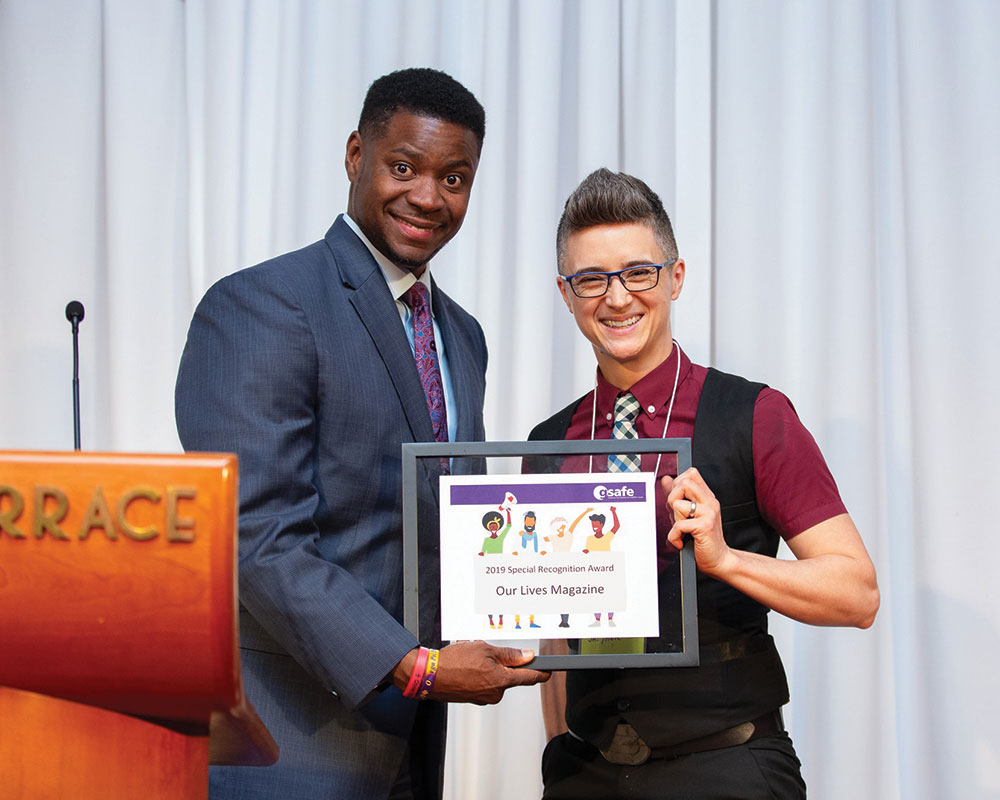

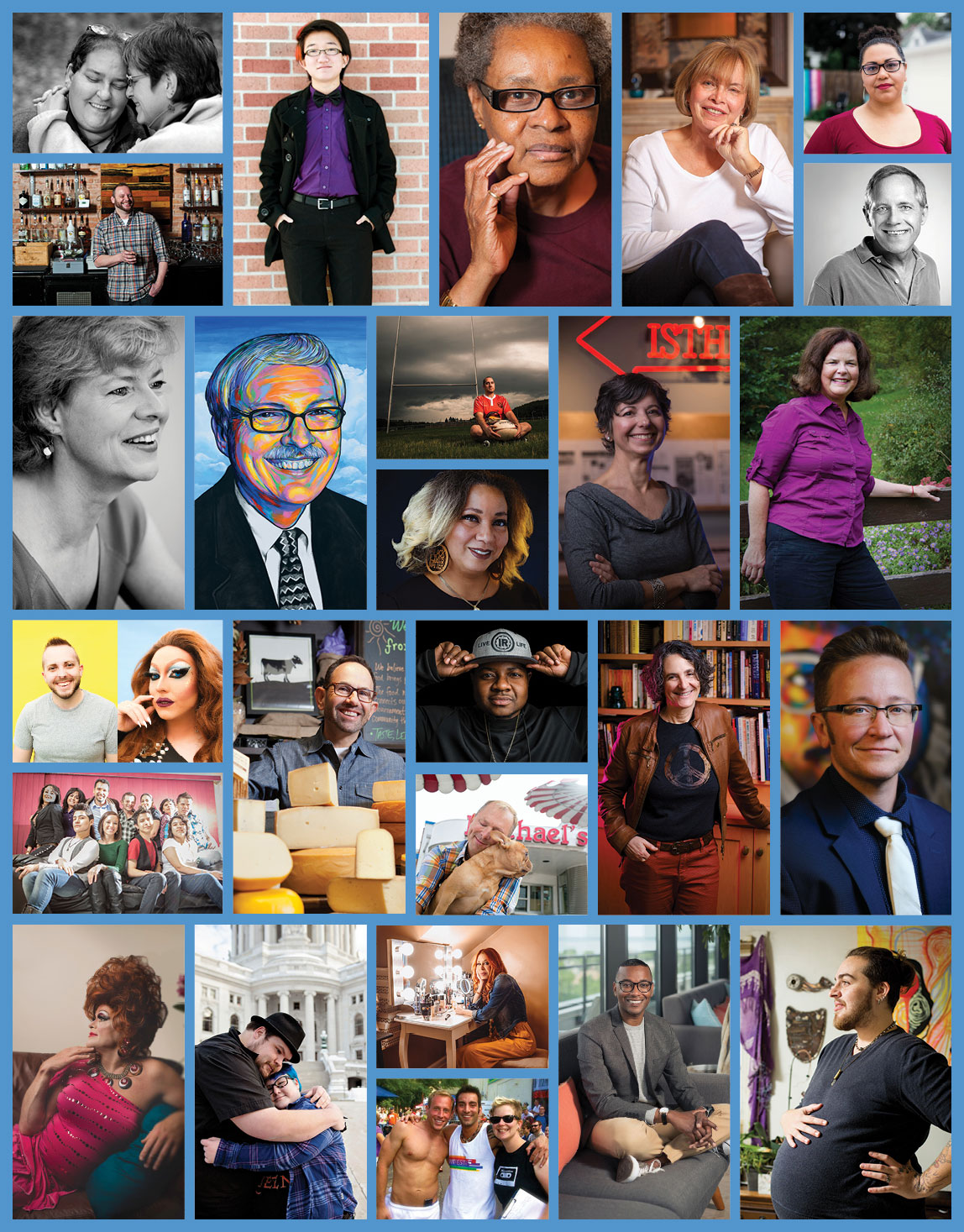
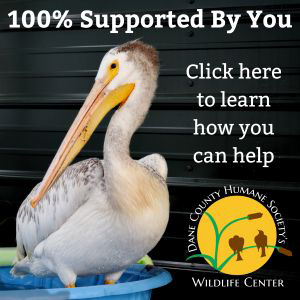


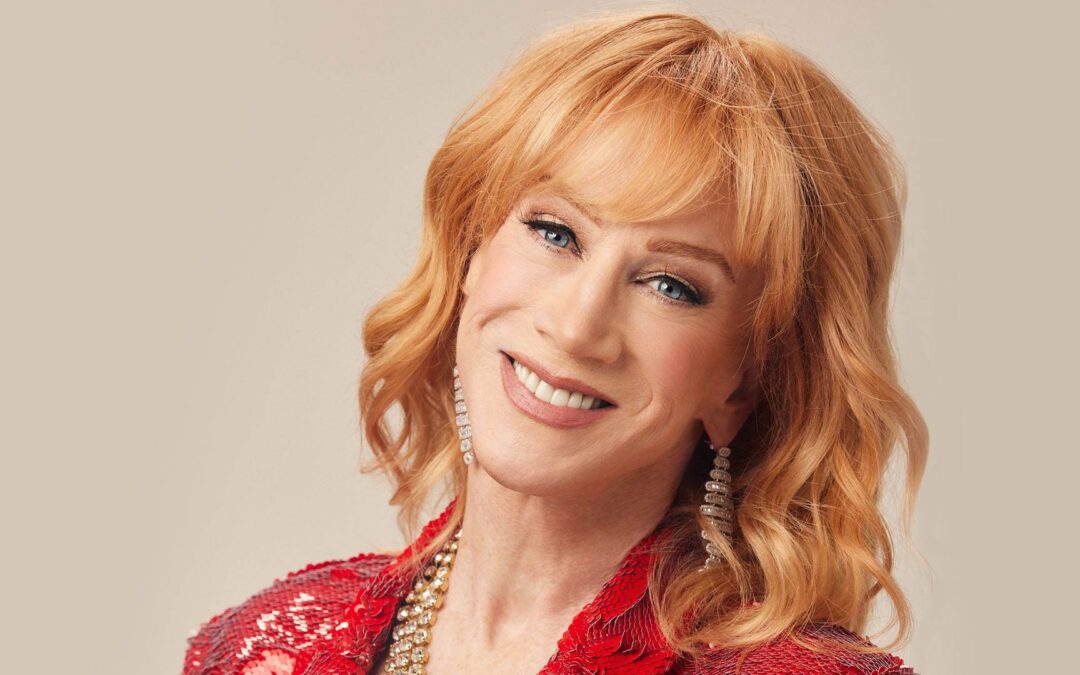
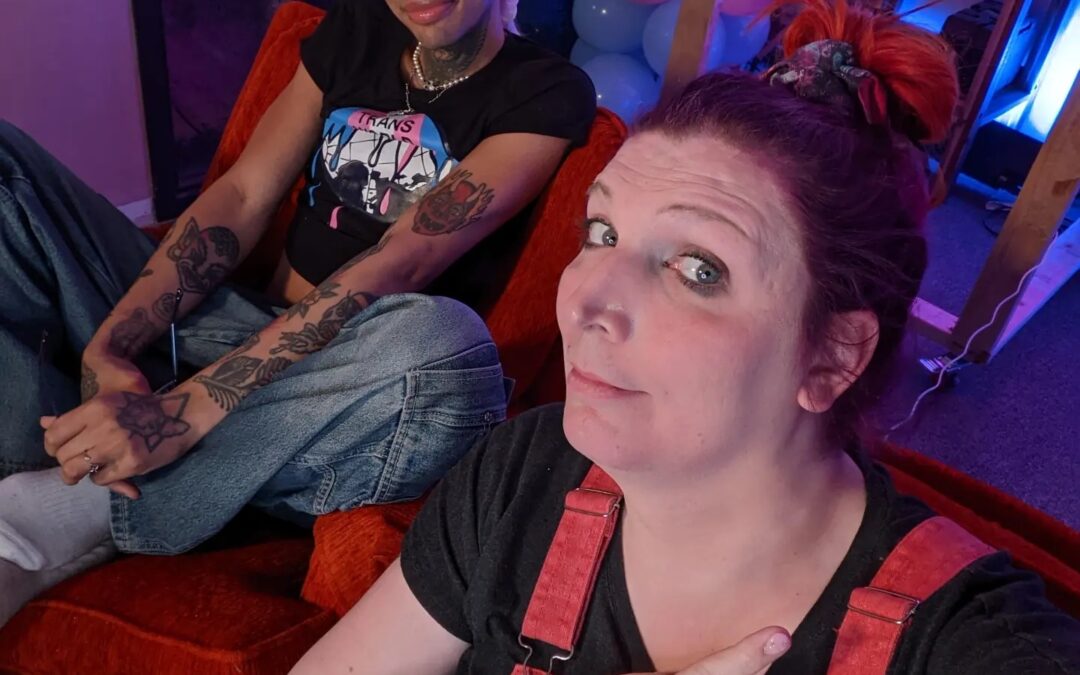
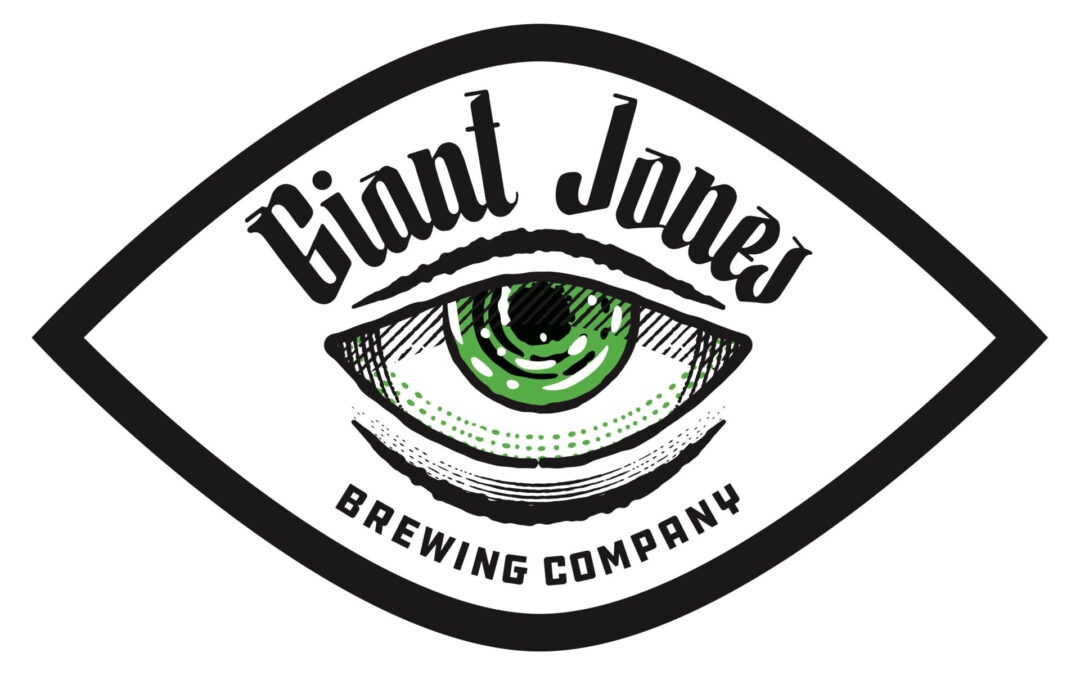
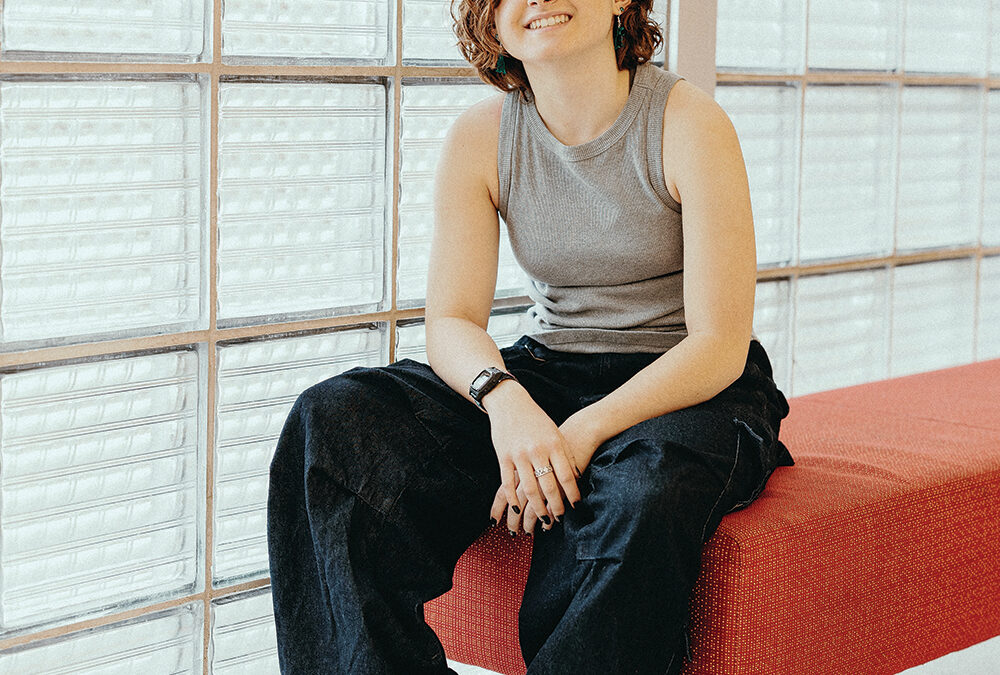
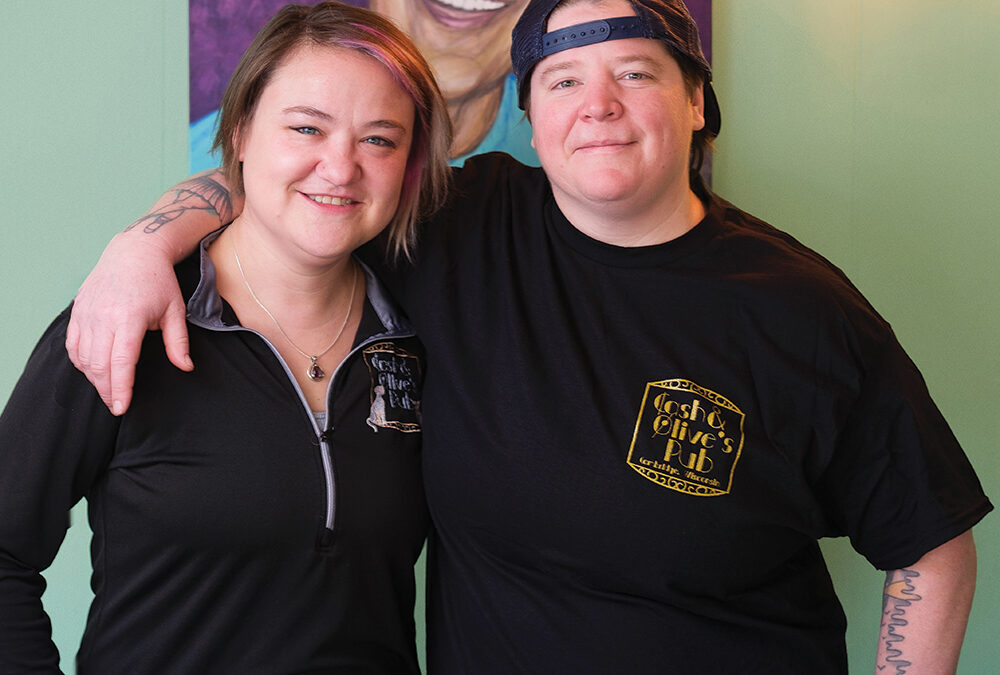
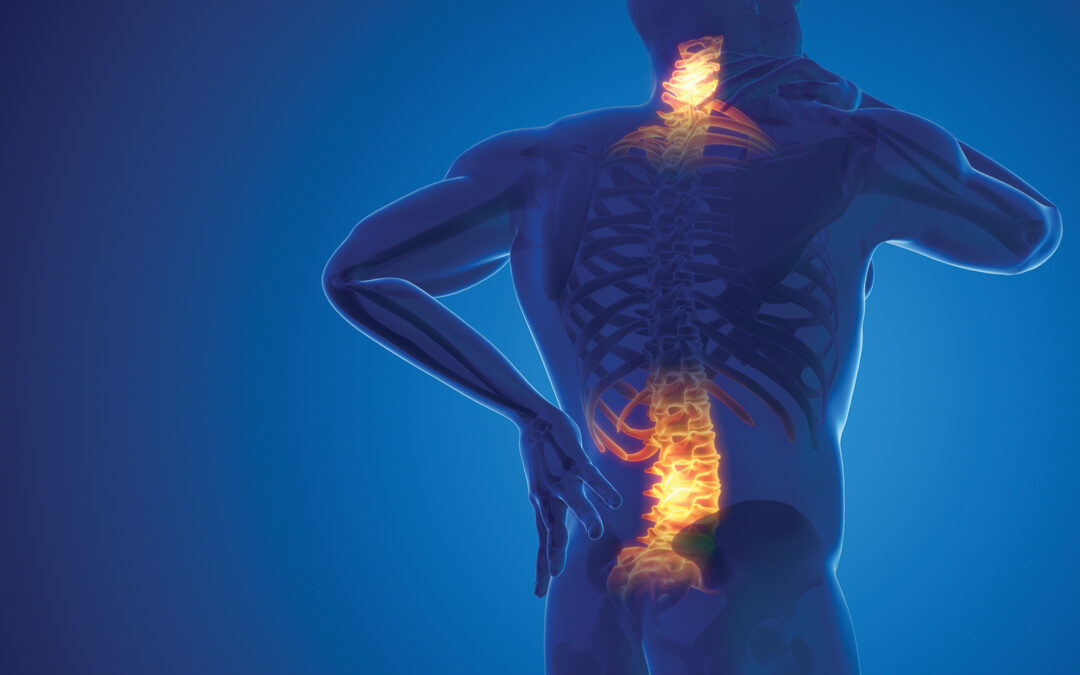
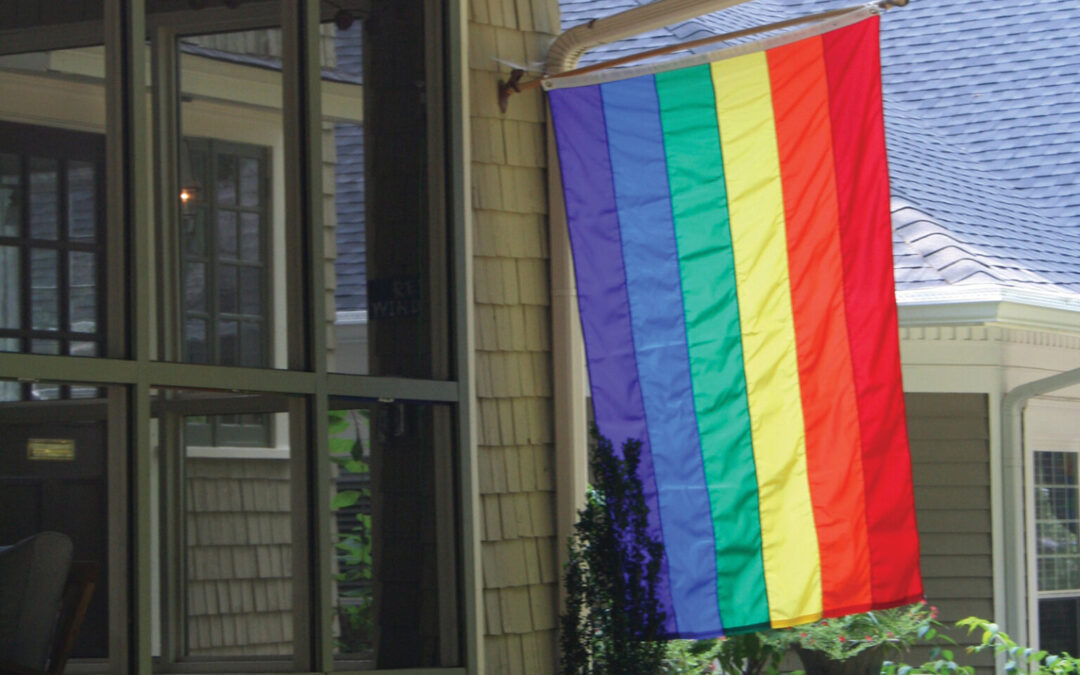
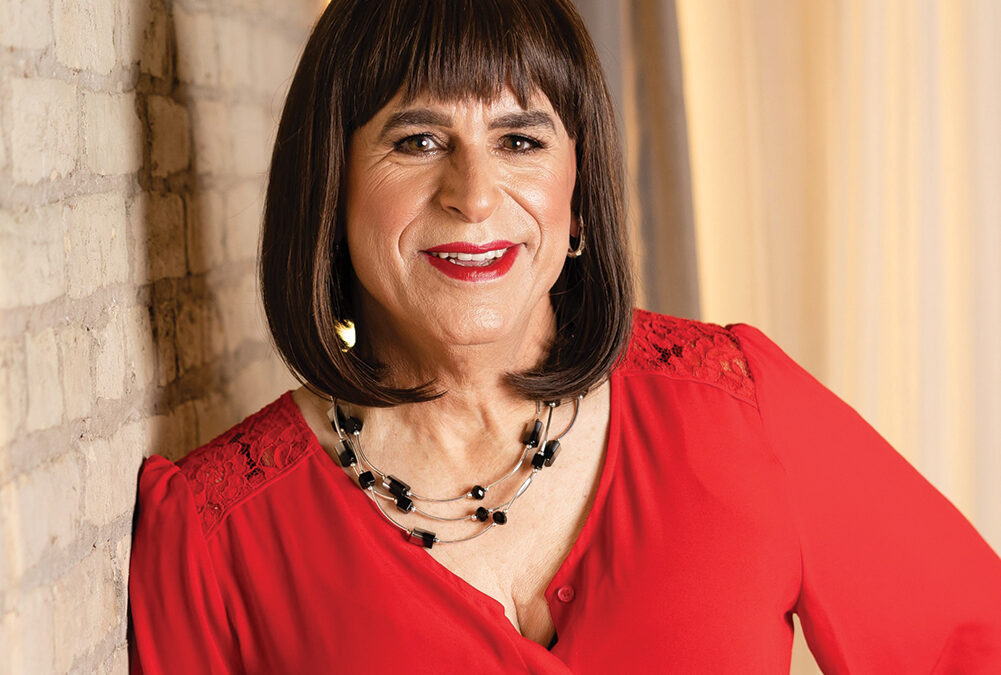
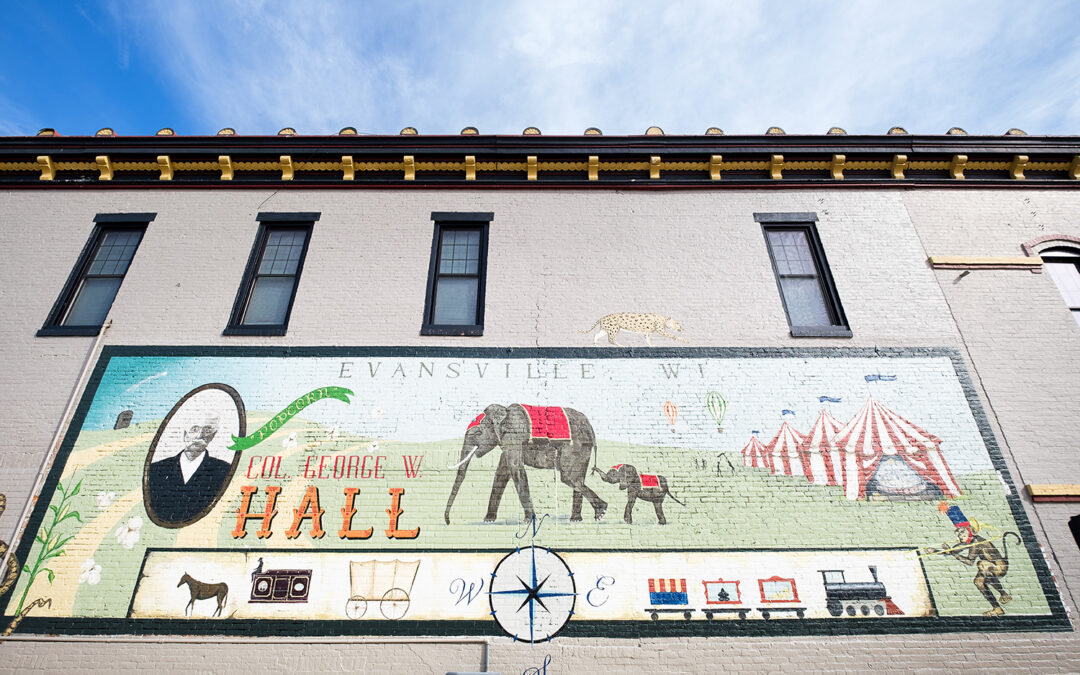
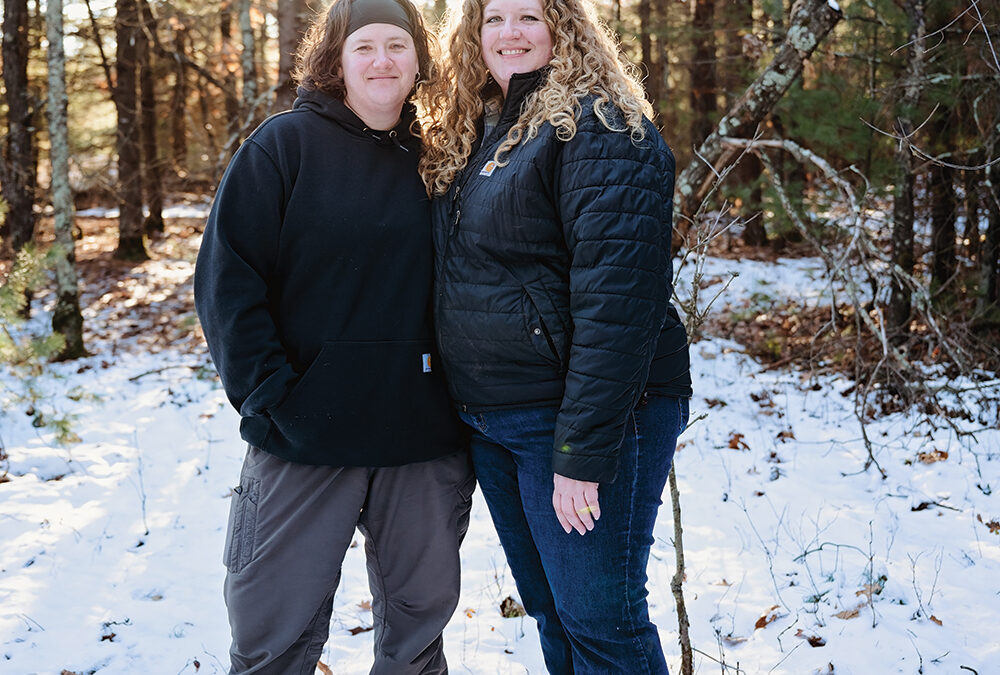
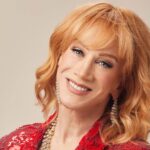
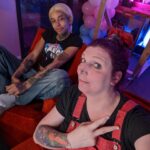
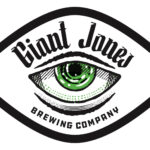

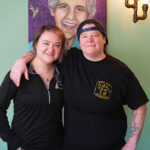
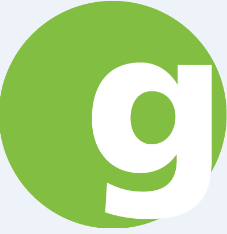
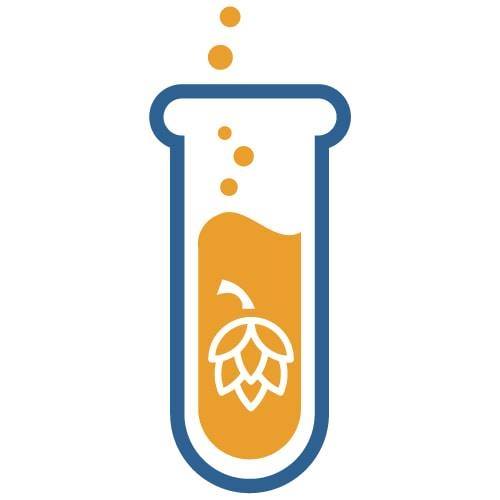
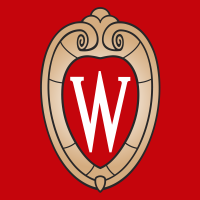
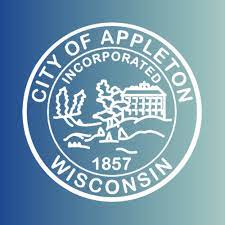
0 Comments